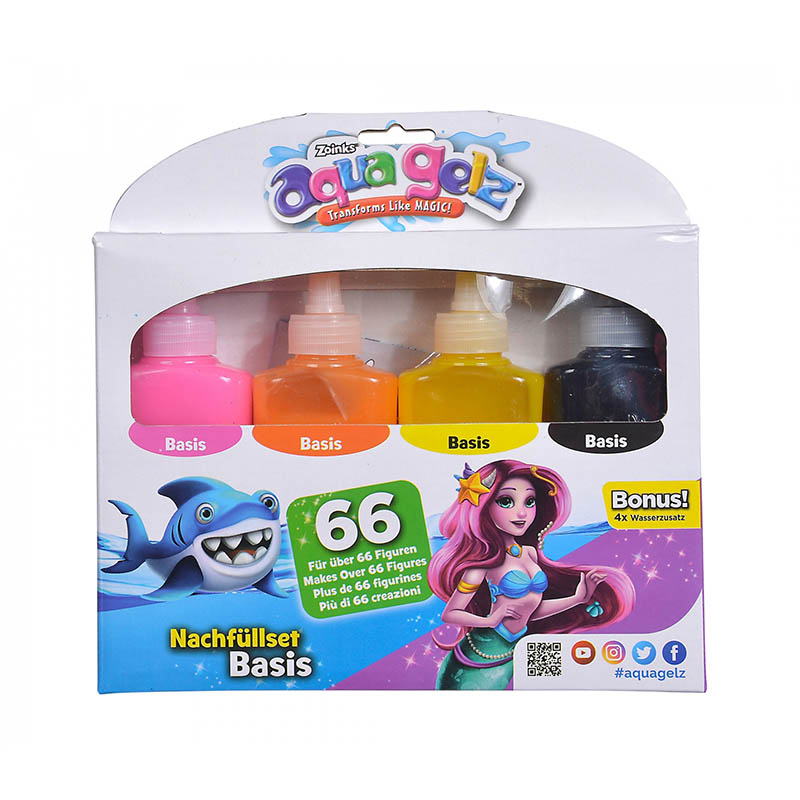Aspects of STEAM educational toys
2023-10-18
STEAM educational toys are playthings designed to promote learning and engagement in the fields of Science, Technology, Engineering, Arts, and Mathematics (STEAM). These toys are designed to foster creativity, critical thinking, problem-solving, and hands-on learning in a fun and interactive way. They encourage children to explore various concepts across multiple disciplines and develop skills that are increasingly important in the modern world.
Key features and aspects of STEAM educational toys include:
1. Interdisciplinary Learning: STEAM toys integrate concepts from multiple disciplines, allowing children to see connections between science, technology, engineering, arts, and mathematics.
2. Hands-On Exploration: These toys often involve hands-on activities, experiments, building, and problem-solving, encouraging active learning and exploration.
3. Critical Thinking: STEAM toys challenge children to think critically, analyze problems, and come up with creative solutions. They encourage experimentation and trial-and-error approaches.
4. Creativity: Many STEAM toys emphasize creativity and imagination, allowing children to express themselves through various artistic and design-related activities.
5. Problem-Solving: STEAM toys present challenges that require logical thinking and problem-solving skills to overcome. Children learn how to break down complex problems into manageable steps.
6. Collaboration: Some STEAM toys promote collaboration and teamwork as children work together to achieve goals or complete projects.
7. Real-World Application: These toys often relate to real-world concepts, technologies, and challenges, helping children understand the practical applications of what they are learning.
8. Exposure to New Concepts: STEAM toys introduce children to new concepts and ideas that they might not encounter in their regular school curriculum.
9. Adaptability: Many STEAM toys are designed to accommodate different age groups and skill levels, allowing children to grow with the toys and continue challenging themselves.
10. Coding and Programming: Some STEAM toys introduce basic coding and programming concepts, teaching children the fundamentals of computer science and technology.
11. Digital and Analog Play: STEAM toys can include both digital and analog components, striking a balance between screen-based learning and hands-on activities.
12. Parental Involvement: Many STEAM toys encourage parents or caregivers to participate in activities, fostering family engagement and learning.
Examples of STEAM educational toys include building kits, robotics kits, science experiment sets, art and craft kits, coding games, mathematical puzzles, engineering construction sets, and more. These toys are designed to make learning enjoyable, encourage exploration, and prepare children for the skills needed in a technology-driven world.
When selecting STEAM educational toys, consider the child's interests, age, and the specific skills or concepts you want to focus on. These toys can provide children with valuable learning experiences that inspire curiosity and a lifelong love for learning.



